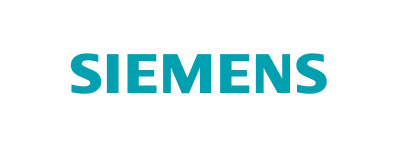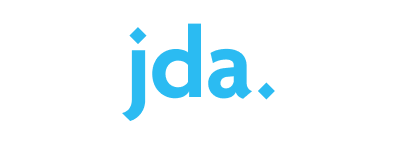Trusted by everyone. Fortune 500 to Startups.













+
Years Since Inception
+
Continents
%
Top Talent
+
Talented Members
+
Clients Satisfied
+
Projects Delivered
+
Million End Users
+
Awards
At GoodWorkLabs, we bring a wealth of expertise to the table. Our seasoned team of UI/UX designers and developers boasts a proven track record of crafting immersive and intuitive user interfaces. Recognizing that each business is unique, our UI/UX design services are tailored to meet your specific needs. We go beyond conventional design services by offering end-to-end UI/UX design and development solutions. From conceptualization to implementation. Stay ahead in the digital landscape with our commitment to incorporating the latest technologies into our design processes. GoodWorkLabs leverages industry-leading tools and frameworks to deliver designs that not only look stunning but also perform seamlessly across devices. GoodWorkLabs has successfully partnered with diverse businesses across industries, delivering UI/UX design solutions that have translated into enhanced user engagement and business success.
GoodWorkLabs, where exceptional UI/UX design services redefine innovation and elevate user experiences to unparalleled heights. What sets us apart from other design firms is our unwavering commitment to combining cutting-edge technology with creativity, ensuring that every project we undertake becomes a masterpiece. GoodWorkLabs stands out through its customer-centric approach, delivering solutions that not only captivate audiences but also drive tangible results. We prioritize user research, wireframing, and prototyping to create designs that transcend expectations. Embrace the future of design with GoodWorkLabs, where innovation meets expertise, and user satisfaction is not just a goal but a guarantee. Elevate your brand with UI/UX design that goes beyond the ordinary – choose GoodWorkLabs for a transformative journey in digital excellence.
Case Studies

Top Developers 2022

Technology Fast 50 2016

High – Growth Copanies Asia-Pacific – 2020

Dream Company to work for IT Sector – 2023

Best App Designs 2023

RedHerring Global Top 100 Award

Best of India Awards – 2022

Certified as a Google Developer Agency
TESTIMONIAL
We always connected dots across ecosystems
Contact us
![]()
UX Design process can be simplified to four steps:
![]()
The cost of a typical UX design project can vary significantly depending on several factors, such as the scope and complexity of the project, the experience and expertise of the UX design team, and the specific requirements and goals of the client. UX design projects are often priced based on factors like the number of screens or pages, the level of interactivity, and the amount of research and testing involved. Hourly rates or fixed project-based fees are commonly used pricing models.
![]()
UI/UX Designers work towards creating a smooth user experience while maintaining a unique design for the application. To achieve this you can use a variety of design tools, some common ones are Figma, Sketch, Adobe Photoshop, Adobe Illustrator, InVision, Proto.io.
![]()
Some common UX design deliverables include wireframes, interactive prototypes, user personas, user journey maps (using mind-maps), usability test reports, and style guides or design systems. These deliverables aid in communicating and implementing the intended user experience during the design process.
![]()
UX designers conduct market research on consumer patterns, product development, design and strategies to create a unique user experience for your required application.
These are just a few challenges you may encounter:
![]()
Lean User Experience (Lean UX) is a team-based approach to building better products by focusing less on the theoretically ideal design and more on iterative learning, overall user experience, and customer outcomes.
Lean UX design extends the traditional UX role beyond merely executing design elements and anticipating how users might interact with a system. Instead, it encourages a far more comprehensive view of why a Feature exists, the functionality required to implement it, and the benefits it delivers. By getting immediate feedback to understand if the system will meet the fundamental business objectives, Lean UX provides a closed-loop method for defining and measuring value.
![]()
Personas are fictional characters, which we create based upon our research to represent the different user types that might use our service, product, site, or brand in a similar way.
Creating personas will help us understand our users’ needs, experiences, behaviors and goals. Creating personas can help us step out of ourselves. It can help us recognise that different people have different needs and expectations, and it can also help us identify with the user we are designing for.
Personas make the design task at hand less complex, they guide your ideation processes, and they can help you in achieving the goal of creating a good user experience for the target user group.